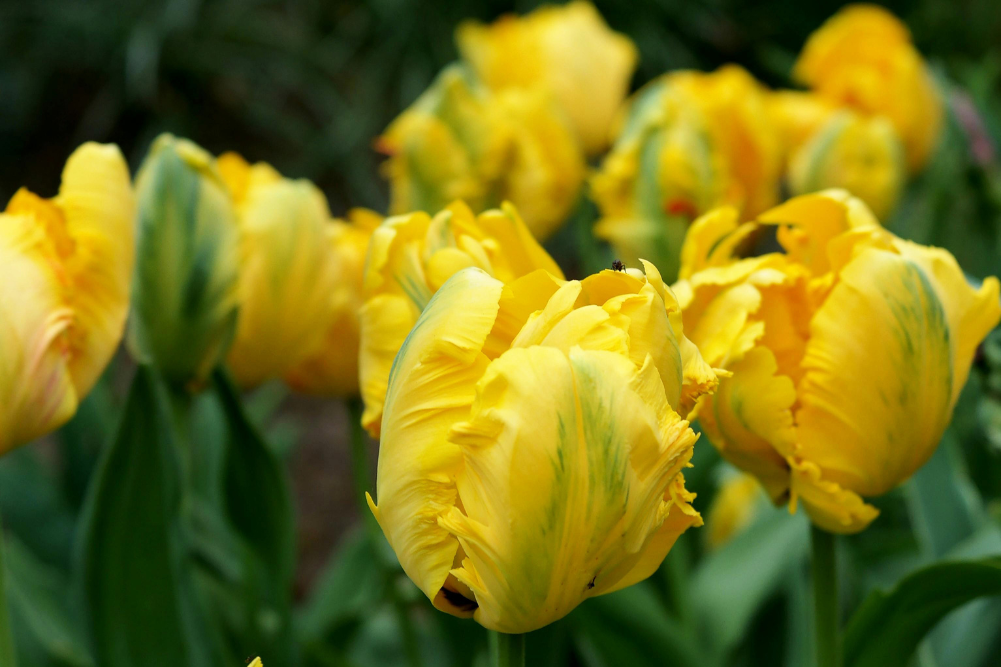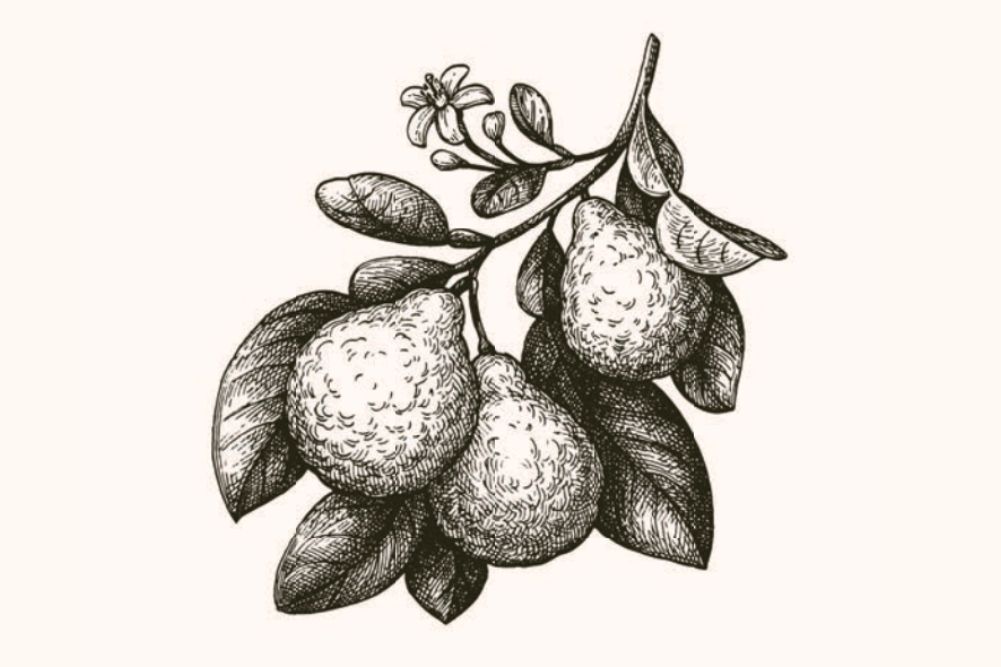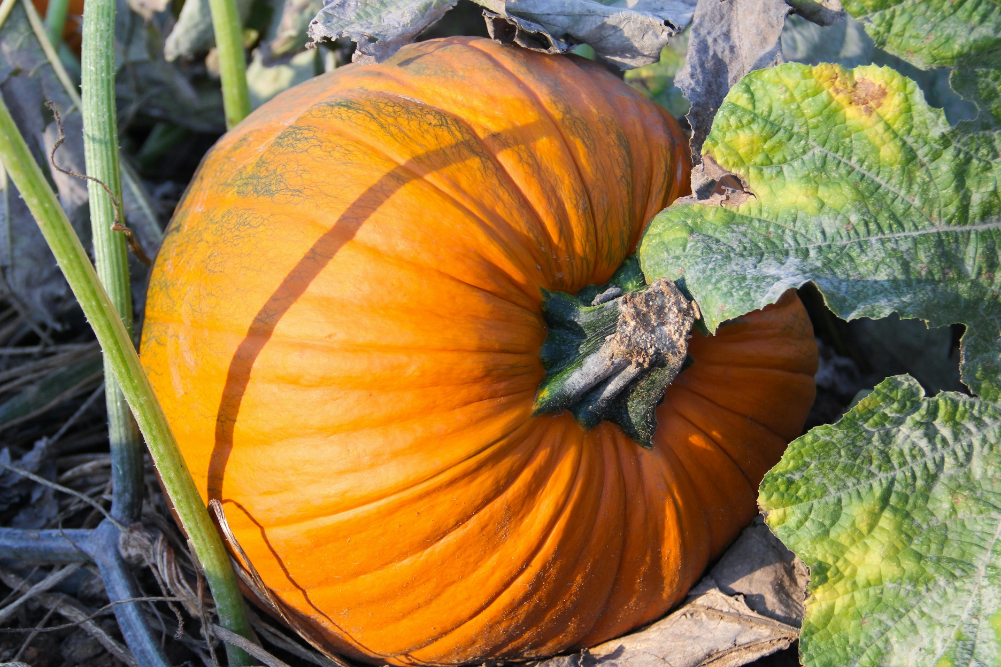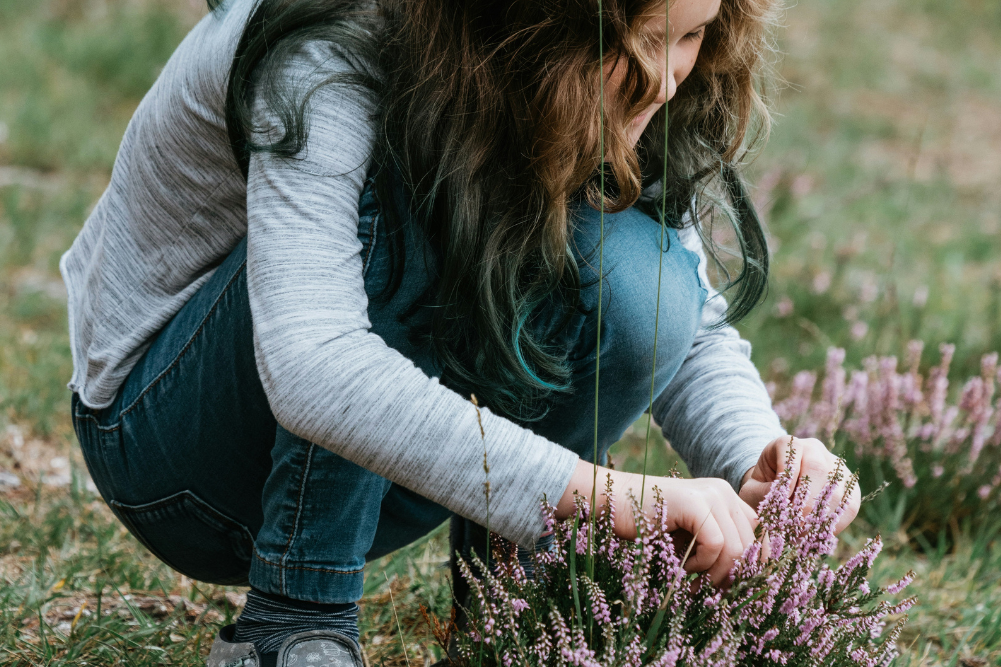How to create a soulful garden for your pets
After a busy week inside the office, I can’t wait to get out into my garden. Spending quiet moments outdoors, I discover new planting surprises, say hello to the bees and reconnect with the Earth while my mind and body refresh for the next working week.
Recently, I ventured down the street and began noticing many dogs barking or whining under fences, desperate to escape their own gardens. I began to wonder: while our outdoor spaces are designed suit us, do they meet our pets needs by providing a safe and revitalising place to express their own essential selves and a place to reconnect with nature? Are our outdoor spaces soulful gardens for all inhabitants?
But, first of all, what is a soulful garden?
A soulful garden is realised slowly through a gentle, holistic approach to planting and design that considers the local environment, the microclimates and creatures already there, the needs and safety of all inhabitants and the patience to let time play out in the garden. This last ingredient is important, as it allows well-chosen plants to grow and mature comfortably within their space. Soulful gardens are not always the most stunning or stylish, but they have a strong sense of feeling completely right and in balance. When I come upon these gardens, my first response is one of pure joy and my second is sadness knowing I have to leave.
Serenity for Stubbs
When health student Cherrie and her partner Kevin bought their first house on the outskirts of Melbourne, they inherited a large backyard of grass and several small trees. Cherrie thought the extra space would be good for her terrier, Stubbs, but Stubbs was not impressed.
“I work night shifts, so Stubbs is not alone for hours in the day, but being such an expressive dog I knew he was not enjoying his new backyard. He would bark a lot and tear around,” she says. “He was getting pretty stressed.”
“I created a raised herb patch … with herbs such as chamomile (Matricaria chamomilla), marjoram (Origanum majorana) and lemongrass (Cymbopogon citratus) surrounded by rosemary (Rosmarinus officinalis), all safe essential oils for dogs.
The couple already had design ideas for the garden but had not considered what Stubbs might need aside from a kennel. Says Cherrie, “It’s such a simple thing really, but I realised that we share our garden with Stubbs. It’s not just about us. I wondered what changes we could add into the design to make Stubbs feel calmer and enjoy the space more.”
Being interested in natural therapies, Cherrie began to look at some plants that could help bring a sense of serenity into the garden.
“I’m not a gardener and we both wanted a low-maintenance space,” she explains. “I went with perennials such as salvias, which are great at filling spaces. I also planted rows of lavender (Lavandula), a known relaxant for people and dogs. I created a raised herb patch that Stubbs can’t get into. It has herbs such as chamomile (Matricaria chamomilla), marjoram (Origanum majorana) and lemongrass (Cymbopogon citratus) surrounded by rosemary (Rosmarinus officinalis), all safe essential oils for dogs.
“We are in a sunny spot, so I changed my [original] plans and put in a grove of dog-friendly native callistemon (Callistemon viminalis) trees, something I hadn’t thought of before. It provides shade and a quiet place for Stubbs. We also put in some benches for us. Already, the garden feels more interesting and Stubbs loves smelling the plants; these improvements are definitely having a calming effect on him.”
A jungle for Mittens
For inner-city resident and public servant, Darren, falling in love with his rescue kitten Mittens meant considering some cat-friendly changes to his small garden. “Before Mittens, I hadn’t put any time into the garden; it was pretty bare, so it was a perfect opportunity to rethink what could be nice for both of us,” Darren says.
“I love working with pots, so I set up a wide bench with differing heights. On each shelf is a set of glazed pots filled with cat-friendly herbs, including cat grass (Avena sativa), catnip (Nepeta cataria), marjoram (Origanum vulgare) and attractive scented geraniums (pelargoniums), so Mittens can safely weave her way around and enjoy them all.”
Darren’s pet-friendly research revealed one plant in particular that was going to be a problem. “I had to pull out some lily bulbs that I had planted a year before Mittens [arrived], once I found out they were toxic to cats. I have given them to a work colleague.”
While he didn’t have room for a tree, Darren still liked the idea of living in a lush green space. “I wanted to make the garden a bit more leafy, particularly as it had many fences,” he explains. “So I grew the climber Purple Coral Pea (Hardenbergia violacea) up the brick walls. It’s a great climber with pretty purple-shaped flowers. I also included tubs of Timor Black Bamboo along the fence, which gives a lovely filtered light and the feeling of being in a jungle, which Mittens really likes.”
Darren also reused an old terracotta pot, finding a creative use for it as a drinking fountain. “I turned it into a small, shallow, bubbling fountain made out of an old terracotta pot. Mittens enjoys perching on the edge to swat the water.”
With these changes, Darren is rediscovering his garden as a tranquil space. “It has surprised me how much I look forward to spending time in my garden,” he says. “When it’s the weekend, I love being out there watching Mittens play under the bamboo. I never thought I would enjoy the garden so much. It’s such a mood lifter.”
How to work your pet-friendly magic
To create your own pet-friendly soulful garden it’s important to focus on your pet’s personality, how well you know their habits and what they are drawn to in the garden. This may require some prudent surveillance.
Glimpse the world from your pet’s point of view. Go on, get down and have a look — it might surprise you.
Too often, pets are expected to fit into our gardens rather than adjusting gardens to fit them, which unsurprisingly leads to barking and escape-artist escapades. Getting to know your pet, how they play and what they like to do, and taking into account whether they are young or old, active or sedentary, are important first steps.
Glimpse the world from your pet’s point of view. Go on, get down and have a look — it might surprise you. We tend to enjoy colourful flowers, whereas they might like the interesting smells from mulched leaves and racing through gaps in the plants. This new perspective will influence what elements you include in your garden, such as whether you have a long lawn or not, choose surface toppings and create activity areas.
Once you are on familiar ground with your furry companion, the next three main elements to consider are safety, activity and relaxation.
Safety
Some dogs love to know what’s happening in their neighbourhood while others can find this stressful, so watch how they react to tantalising gaps and views onto the street. If this visibility is causing issues, consider putting up a screen along the fence or creating a run path away from the fence with screening plants, so external visual stimulation is reduced. Some dogs are excellent jumpers and extra height may need to be added to the top of fences — but check with your neighbours first.
Have a look at the palings and gates from your pet’s point of view; some pets are very clever at sliding under the smallest of gaps. Gaps between decking and railings can also catch claws.
Water features are great in the garden, adding light and play through reflections and the soothing sounds of flowing water. However, a pond or pool can also be a danger to curious pets. A better option is a sturdy raised water fountain. Your pet can enjoy the sight and sounds without any nasty accidents. Some of my favourites are those that have a gurgling filter running the water down the sides — but keep in mind that your pet will use it as a drinking fountain.
Activity
Being active in the garden brings its own joy and active dogs are happy dogs. As most dogs love to dig, consider allocating a digging space towards the back of the garden, and filling it with dirt and sand that can be contained and covered up if it gets used as a doggy toilet. Even better, have a dedicated play space where tunnels made out of old boxes or chewing toys can be set up.
Many dogs love racing around their garden spaces creating their own paths. Use this as a basis for constructing paths that have a circular pattern or trail back to the house, like a racetrack. A friend gave up trying to grow lawn and set up sand-gravel paths instead; now her dogs get all the exercise they need without wanting to disturb her herbaceous borders.
Both cats and dogs benefit from having a grassy area to play or relax on. However, urination spots caused by excess nitrogen can damage the grass. Keep a watering can handy to dilute the urine — this will prevent nitrogen overload and lessen odour. Consider a hard-wearing lawn species such as couch grass (but make sure it’s contained as it does like to run). Giving your pets time off the grass during rainy days will help it recover.
Surfaces are important: too much concrete can be hard on paws; sandy gravel surfaces are more forgiving. Mulches, particularly fine ones, end up becoming another litter tray. Chunkier pieces or large pebbles discourage exploration. It’s important that the textures, tones and colours in those parts of your garden you wish to keep your pet out of continue to harmonise with the overall garden design.
Relaxation
A warm, dry kennel with soft bedding away from wind and rain is quickly a dog’s favourite retreat. But it doesn’t have to be boring. Put your own touches on the outsides. Consider different shades or surfaces and harmonise its look with the surrounding plants. After all, it’s as much part of the garden as the paths and benches.
All animals need spaces to relax and get out of the sun. Depending on the size of your garden, consider having several small trees. Trees are the foundation of any garden that other plantings are framed around. In my small garden, I can’t have the luxury of large trees, so I’m growing a couple of Japanese maples (Acer palmatum) in glazed pots. These beauties are perfect for containers, they provide shade and, being in containers, I can move them around with the time of the year. They have a lovely weeping habit and the varieties I have chosen range from deep green to scarlet, depending on the season.
If you have a courtyard, consider an outside bench that you can also use while your pets lie underneath on hot days. Another option is an arbour made out of wrought iron or wood covered in climbers, creating cool green shade and a tranquil place to unwind.
You also might want to consider planting some sacrificial plants such as catnip (Nepeta cataria) or nasturtiums (Tropaeolum majus), which can be chewed and are good distractions from your feature plants.
Plants are the workers in any garden and particularly in one with pets. Multi-stemmed plants such forsythia (Forsythia × intermedia) and especially grasses such as Fountain Grass (Pennisetum alopecuroides) and liriope (Liriope muscari variegata) are flexible and resilient, recovering quickLY after an enthusiastic trampling.
All new shrubs will need time to settle in. Consider fencing off these areas after planting so they won’t be disturbed. You also might want to consider planting some sacrificial plants such as catnip (Nepeta cataria) or nasturtiums (Tropaeolum majus), which can be chewed and are a good distraction from your feature plants.
Before implementing your design, make sure you know what plants you already have in your garden and which you are thinking of purchasing. There are many common garden plants that range from mild to highly toxic to your pet and these can be deadly if eaten. in particular, some popular plants include lilies, oleander, daffodils, euphorbias and rhododendrons, which are quite poisonous. Research and speak to your vet first if unsure.
Structuring beds and relaxation areas at differing heights can keep your pets where you want them. A rounded mound of lawn where your pet can see you will help create less stress.
When making changes to an established garden, consider that every garden has something unique about it. It could be a combination of plantings, an unusual wall or a delicate climber that’s so charming. Start from this viewpoint and don’t be tempted to change it; instead, work outwards with complementary plantings and other elements, such as paving, mulches and walls.
By using thoughtful, balanced plantings, catering for the basic needs of all inhabitants and having the patience to allow the shared garden space to create its own harmony, you will enhance the flow of positive energy. After all, ultimately, a soulful garden is a gift for everyone.








